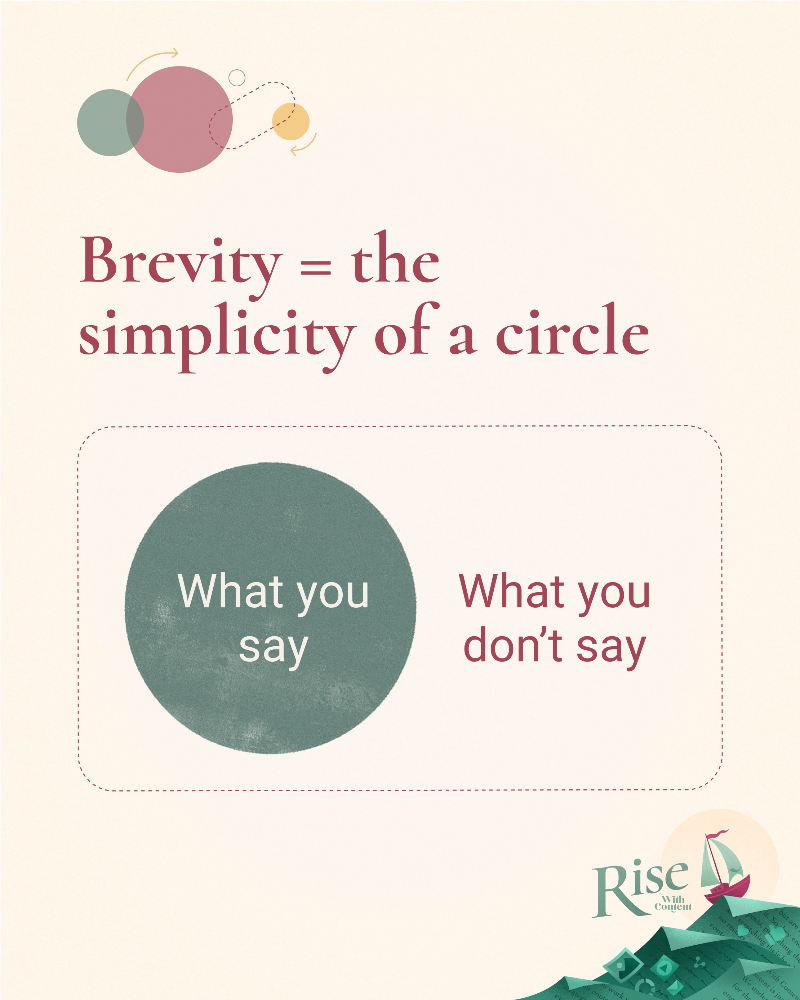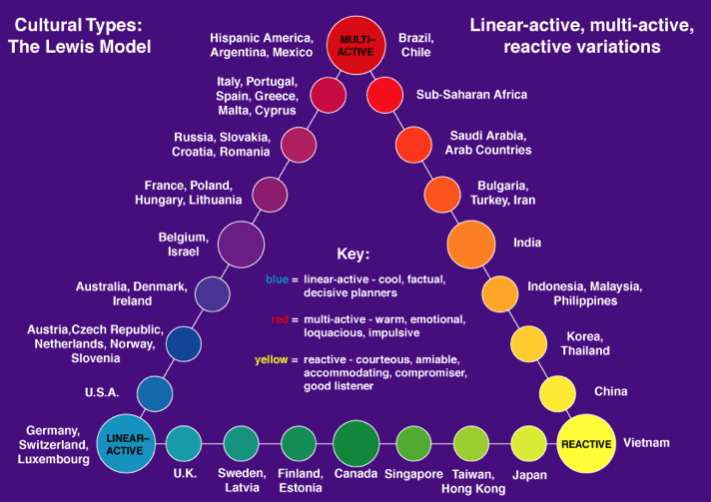
What makes good writing?
Each person you ask will probably give a different answer. According to the academe, good writing has five qualities: focus, development, unity, coherence, and correctness. If a piece of work is easy to follow and factually correct, that’s a good start.
This is when brevity comes into play.
I learned the importance of brevity in high school — it’s the soul of wit, my English teacher explained. It’s the simplicity of a circle. What isn’t said (the outside of the circle) paints as much of a picture as what is (the inside of the circle).

Brevity is something I struggled with a lot. I peppered sentences with unnecessary words like “actually,” “very,” or — understandably enough — “that.” I learned the hard way (through ruthlessly edited first drafts) that if you remove a word and a sentence reads the same, you don’t need it.
Why do we write so much fluff?
There are a lot of reasons people say more than they need to. It could be to disguise the fact that you have no idea what you’re talking about — aka fluff.
Or, it could be a cultural thing.
For instance, people in societies that tend to be reactive (see diagram below) prefer diplomacy to directness, and would rather conceal than display emotions.

In many Asian cultures, politeness or indirectness is a way of keeping the peace. It’s why so many of us find it hard to say no when a boss or colleague offers more work, for example. We’ll pad our intentions by saying something else, like “Oh, I think Cedric mentioned he’s more free.”
We’re so good at indirect communication that we’ve found ways to say no without saying “no” for every occasion. In Thailand, for example, there are different phrases for rejecting an offer from a salesman or driver like mái ao khrab (I don’t want any) or mái mi: dtang (I don’t have any money).
Politeness and indirectness are so embedded in our culture, that I — a reactive, amiable Filipino — find myself using the same language even in content marketing. For instance, using passive voice instead of active, toning down our advice to be recommendations, or replacing opinions with objective statements or statistics.
So… what makes good writing?
What I’ve learned through working with clients in different countries is that good writing does not always look the same. It isn’t just about trimming the fat or writing punchy copy. It’s about considering cultural norms and communication styles when addressing a certain market.
That way, you connect with your audience, convey your message more effectively, and persuade them to take action better.
There’s a caveat, though: The preference for politeness shouldn’t necessarily manifest as fluff. My colleague, Mike, explained during an editing course he conducted on concise business writing that uncertain language is the “textual equivalent of a stammer.”
There are also occasions when polite, reactive cultures appreciate direct language.
A study comparing ad appeal between the United States and Japan found that cultures with high uncertainty avoidance (Japan) “react more favorably to communication that offers explicit, logical and direct information to reduce perceived uncertainty” compared to those with low uncertainty avoidance (the U.S.). This was evident in an anti-smoking advertisement that related smoking with “social risk” (e.g. rejection) or “personal/physical risk” (e.g. threat to one’s health or life).
Uncertainty avoidance is the extent members feel anxious or threatened by the ambiguous or unknown.
In other words, there’s no wrong or right when it comes to how polite or direct you should be! Just getting to the baseline of focused, developed, unified, coherent, and correct writing is a good start.
If you want to learn more about how to get to that baseline, read Mike’s post here where he condenses some of the tips and tricks he learned about concise copywriting!
Let’s raise the bar of content marketing in Southeast Asia
We hope you enjoy Rise and find this newsletter helpful.
And if you do, why not share it with a friend?
Thanks for reading!
![]()
Nikki
with help from Katrina



